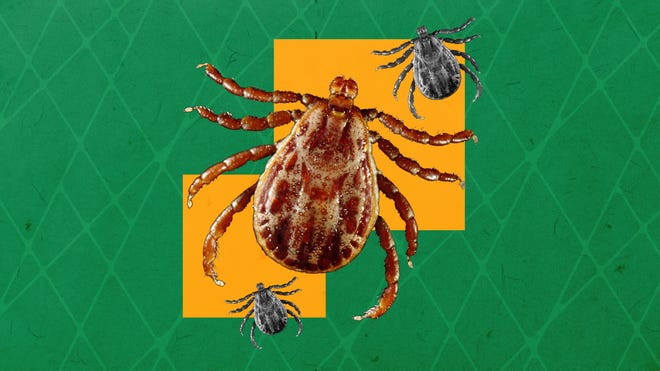May to July is the peak season for ticks and you can avoid them––or worse, Lyme disease––through keeping safe in your yard or by calling into your trusted local pest control companies for immediate professional solutions.
Not all ticks contain Lyme disease, only when bitten by a tick infected with a bacterium called Borrelia burgdorferi. This is typically from mice or deer. Other major tick species like the lone star tick and the dog tick, have NOT been shown to transmit Lyme disease bacterium. You might wonder what are measures to take when dealing with ticks and Lyme disease?
Common Lyme disease Symptoms
Flu-like symptoms within one to four weeks are common when bitten by an infected tick. This includes fever, fatigue, chills, headaches, joint pain, muscle aches, and swollen lymph nodes.
You will also notice an expanding rash (called erythema migrans) that looks circular within the bitten skin. If you are experiencing these symptoms, then you better consult your physician the sooner the better.
Serious Cases
In instances that treatment was either not successful or had never started, Lyme disease symptoms worsened. This is commonly occurring many months after the initial bite. Arthritis or joint inflammation on the knees can become chronic; peripheral neuropathy or disease of peripheral nerves; and confusion. Heart problems are less common but can include inflammation in the heart muscle and irregular beat.
How Lyme disease is transmitted
The black-legged tick (or deer tick), present in northeastern and north-central United States, transmits Lyme disease. While you can also find a western black-legged tick in Pacific coastal. Regardless, Lyme disease has been reported in all 50 states, as well as in Canada, Europe, Asia, Australia, and South America.
To add, you can’t catch Lyme disease by being around an infected person. And although pets can become infected by a tick, they cannot transmit the disease to humans. Unless an infected tick falls off the animal and the tick bites you. Insects such as mosquitoes, flies, or fleas cannot spread the disease to humans either.
How to treat and prevent Lyme disease
When diagnosed early, the doctor particularly prescribes antibiotics. Later stages might require longer-term, intravenous antibiotics.
Apply an insect repellent containing DEET directly to your skin. Another option, but should not be applied on the skin, is Permethrin. It is only advisable to apply it on clothes. When coming in from outdoors, inspect your body thoroughly; do the same for pets or anyone you share your sofa and bed with. Don’t forget to wash the skin and scalp to knock off possible loosely attached ticks.
If ever you find a tick clinging to the skin, don’t panic but remove it properly the sooner the better. Use fine-tipped tweezers, grasp the head, not the belly. Slowly pull the tick straight out without twisting it. Right after, wash the bite site with soap and warm water. And of course, get rid of the tick by disposing of it in a secure bin. Consult your physician if you want to make sure you have not contracted any diseases. Of course, make it a habit to get your house and property inspected by a trusted pest control company to prevent future dilemmas.

